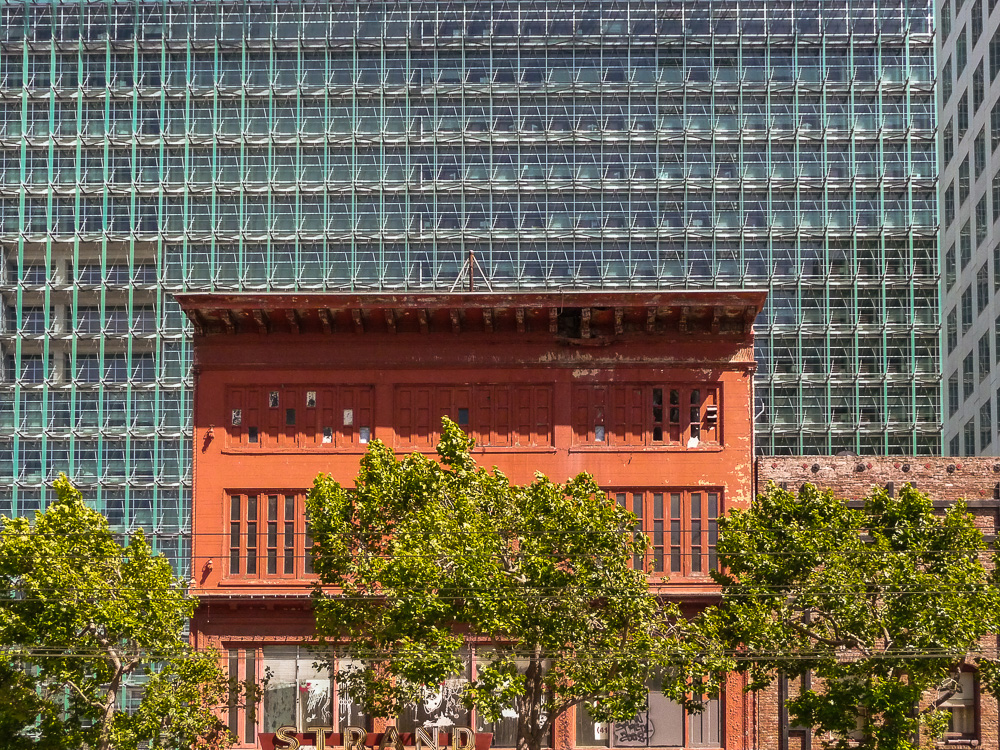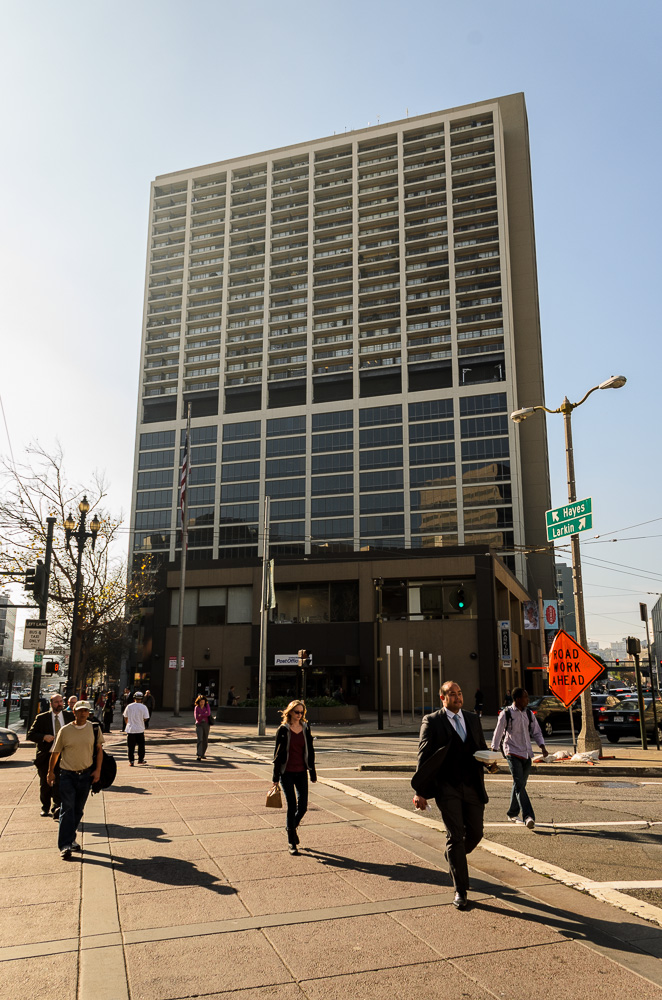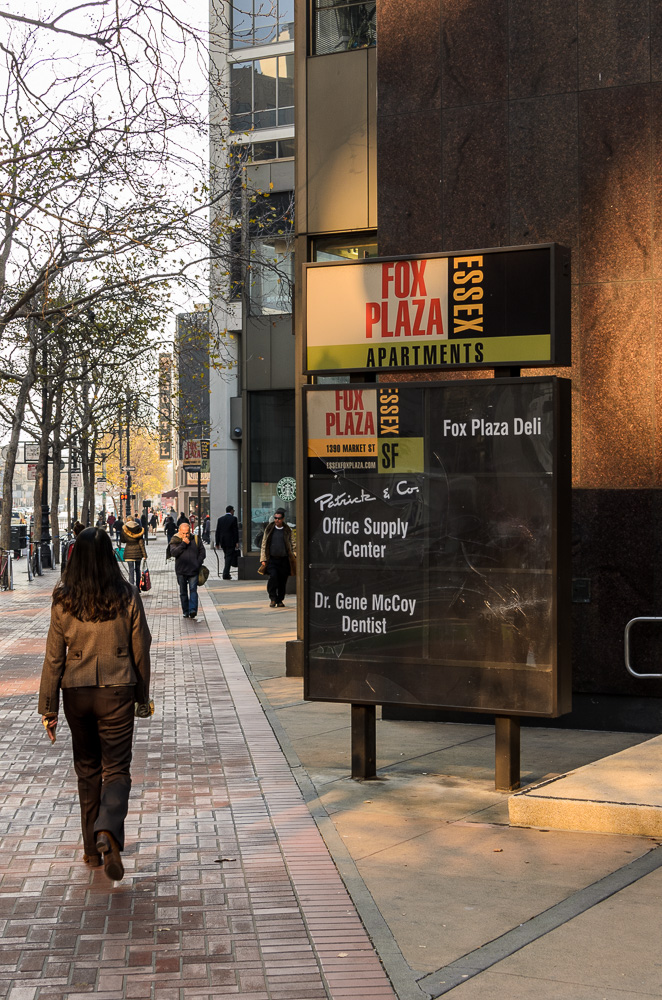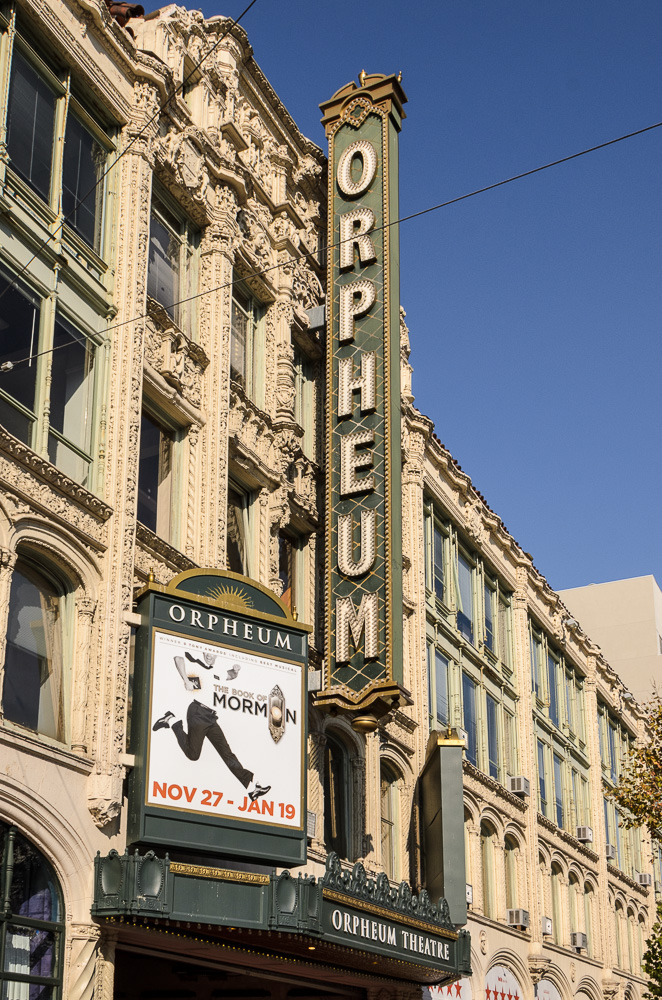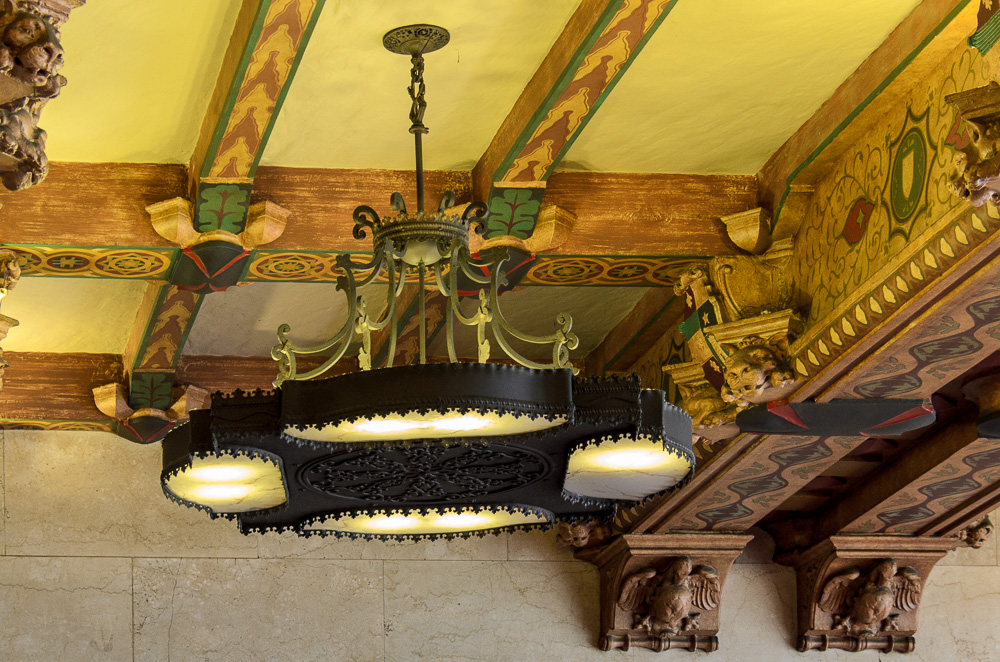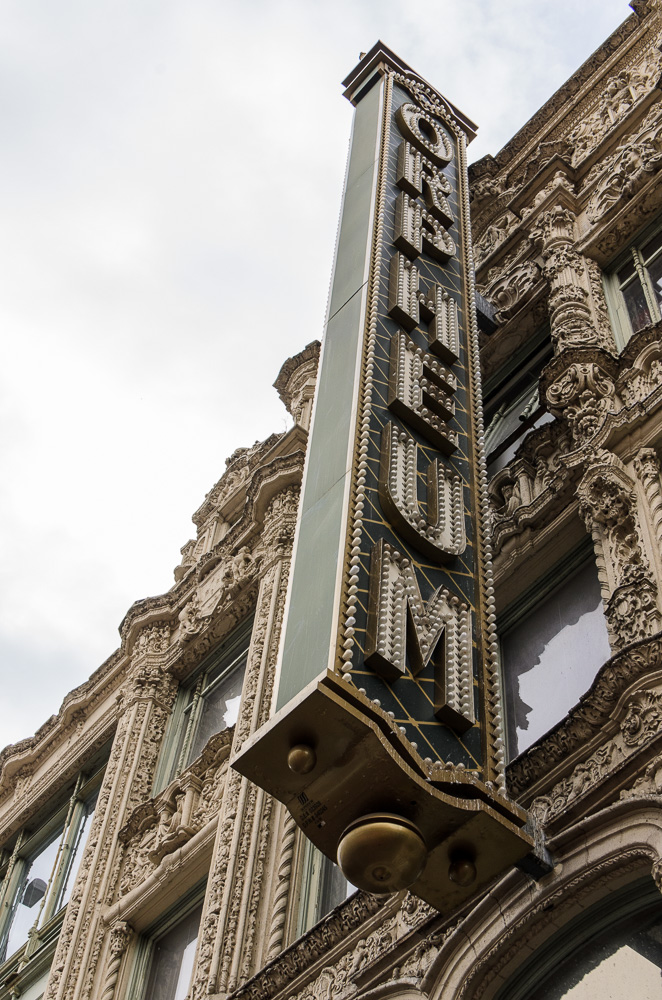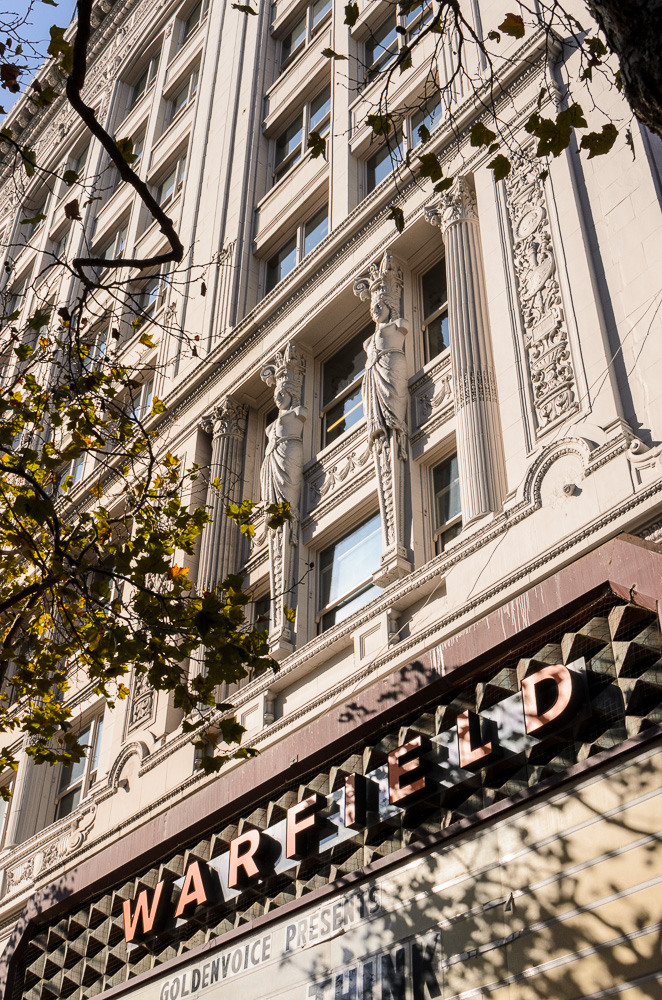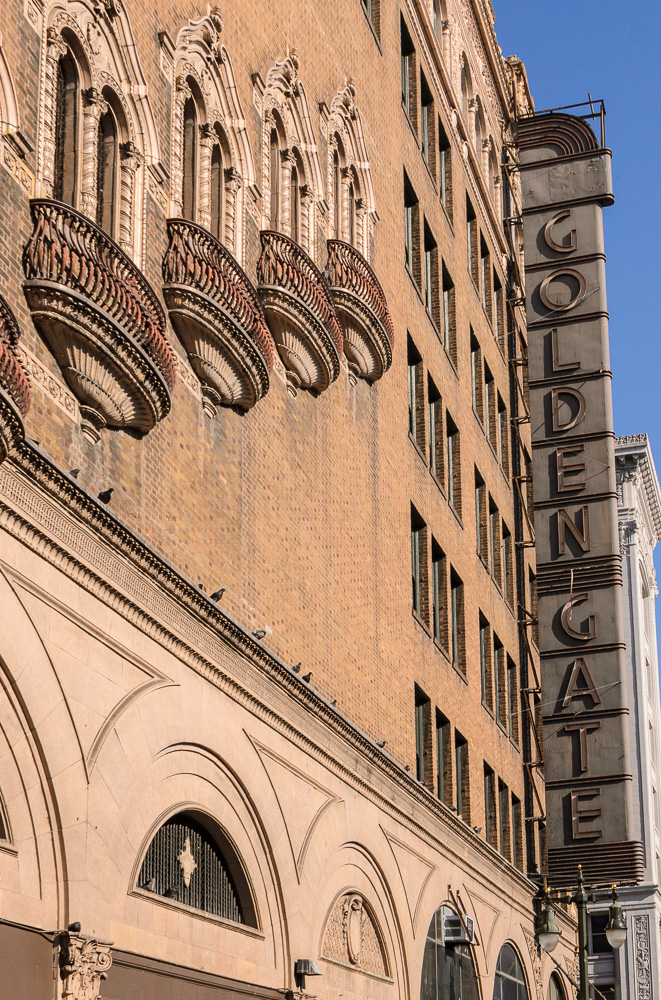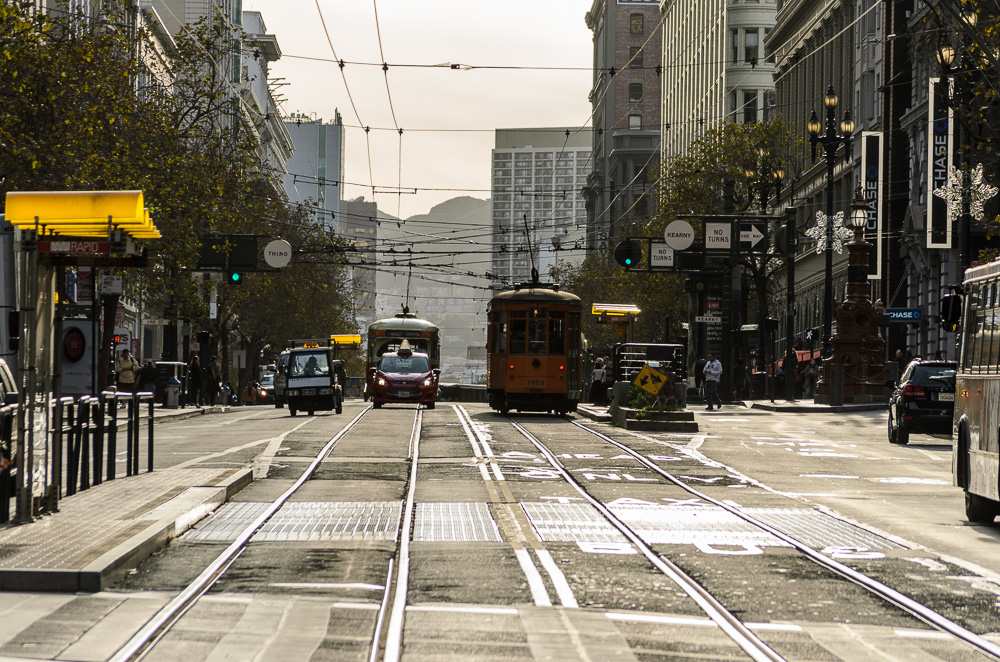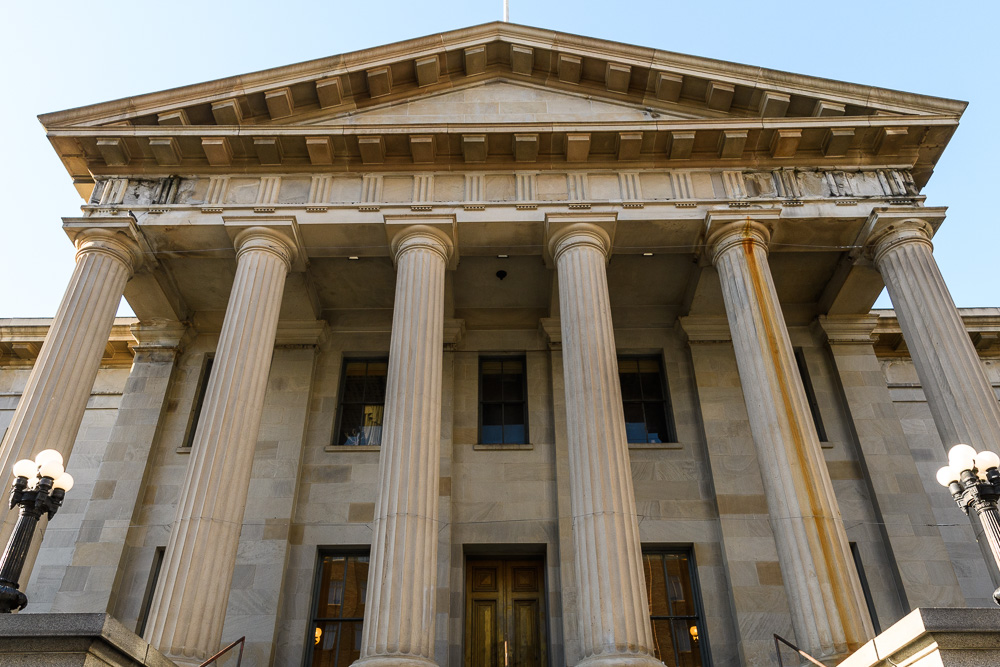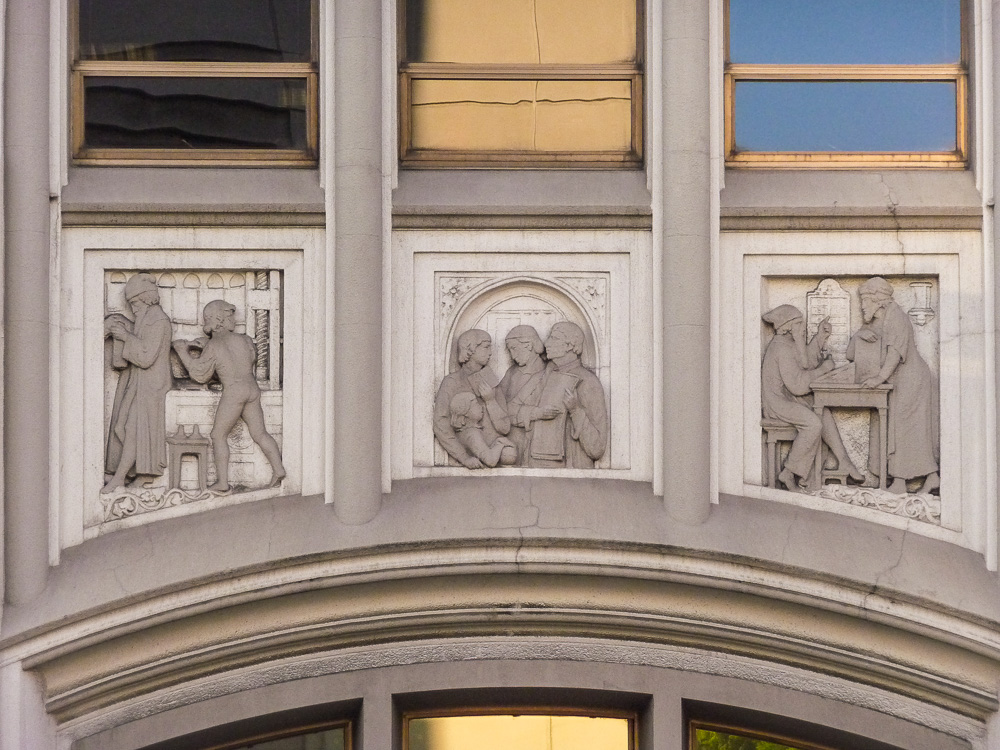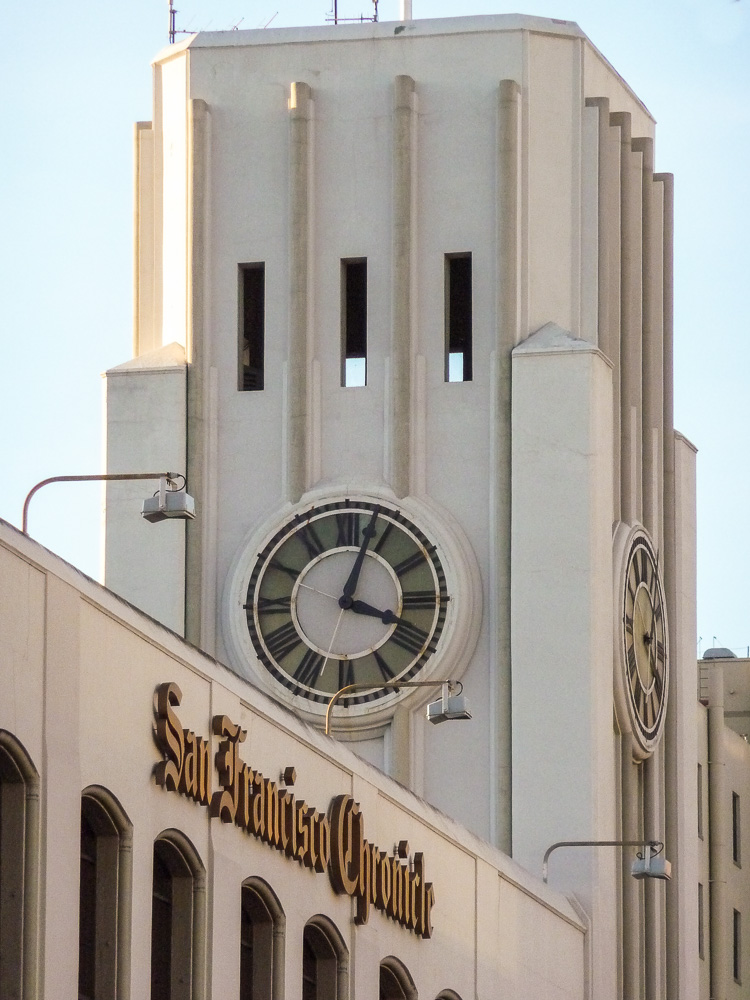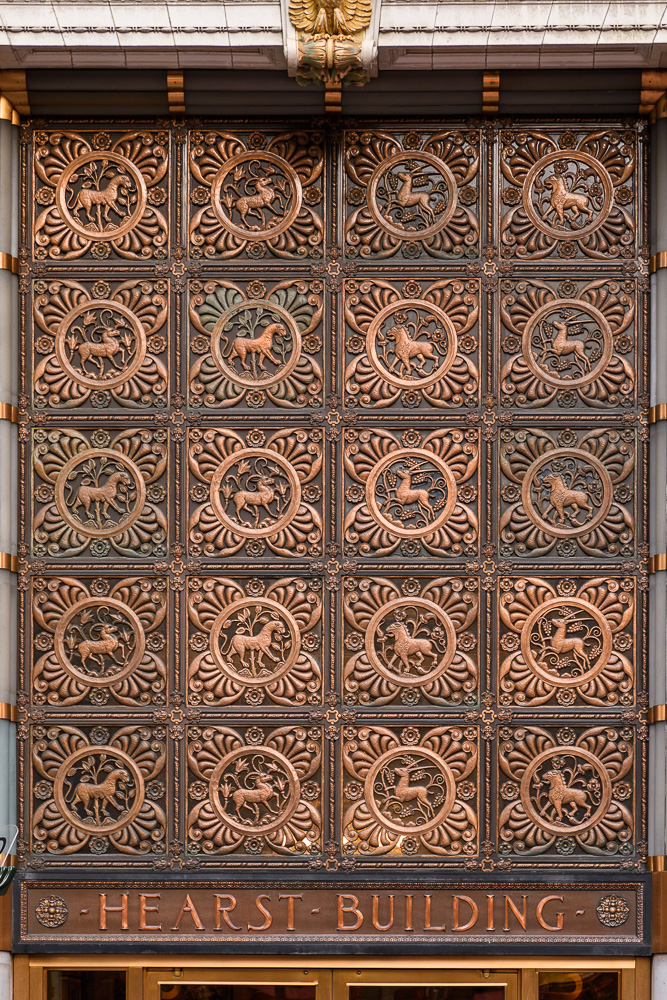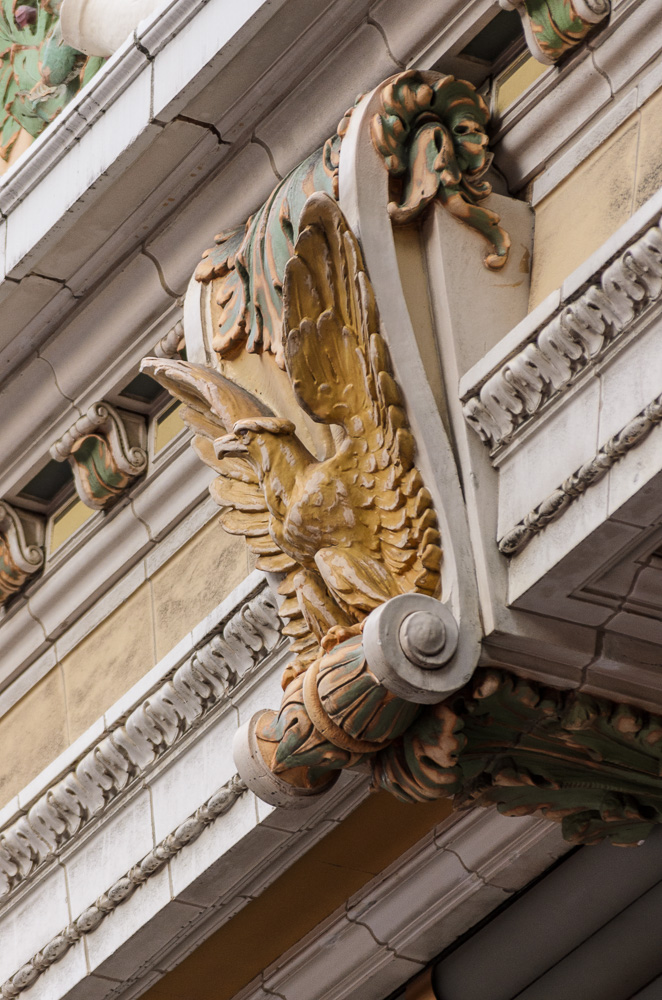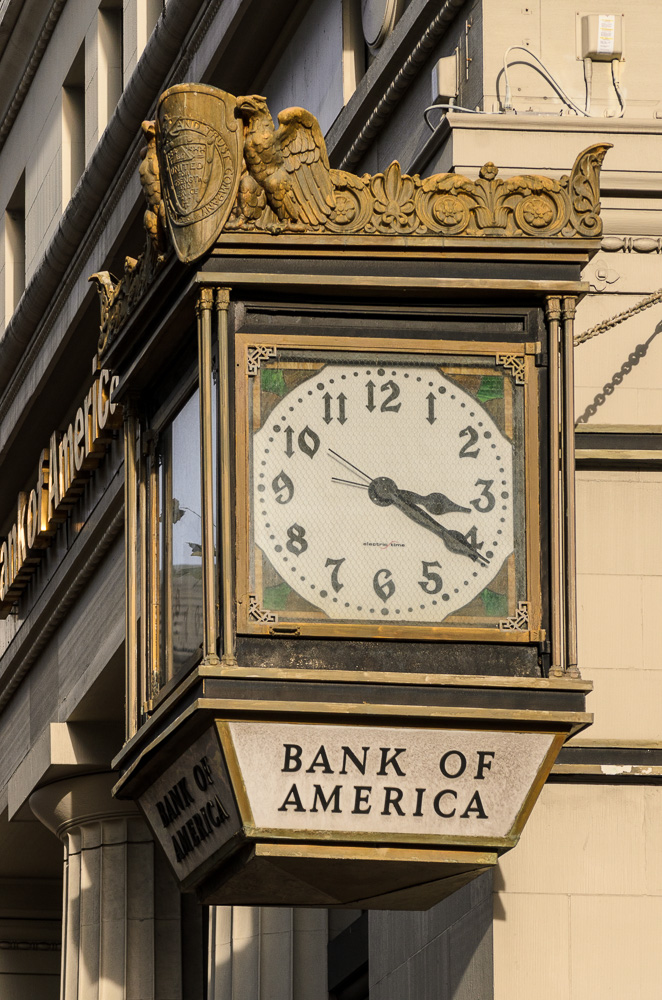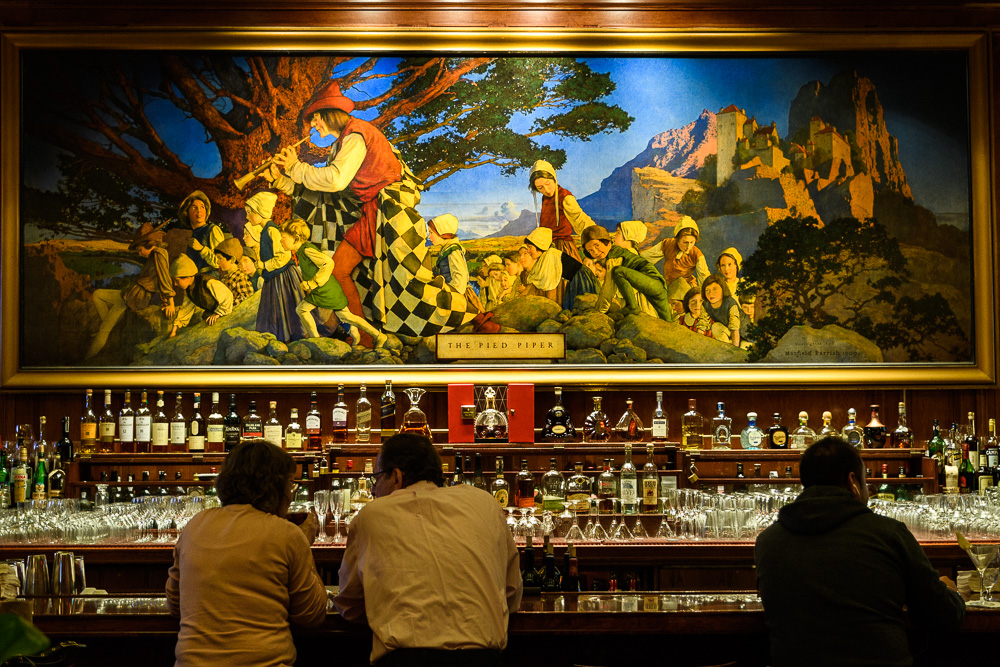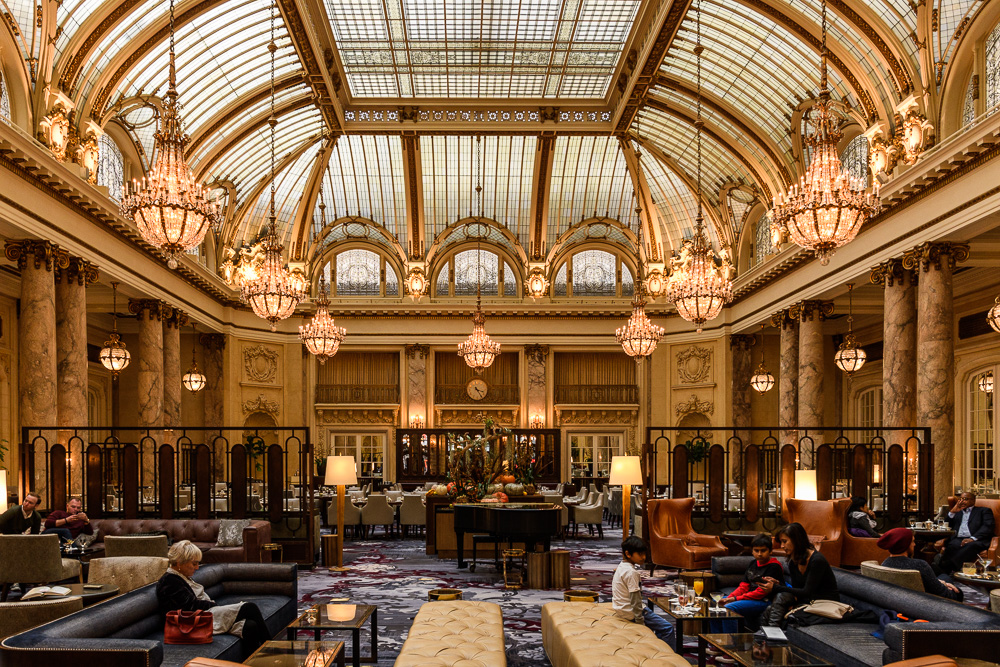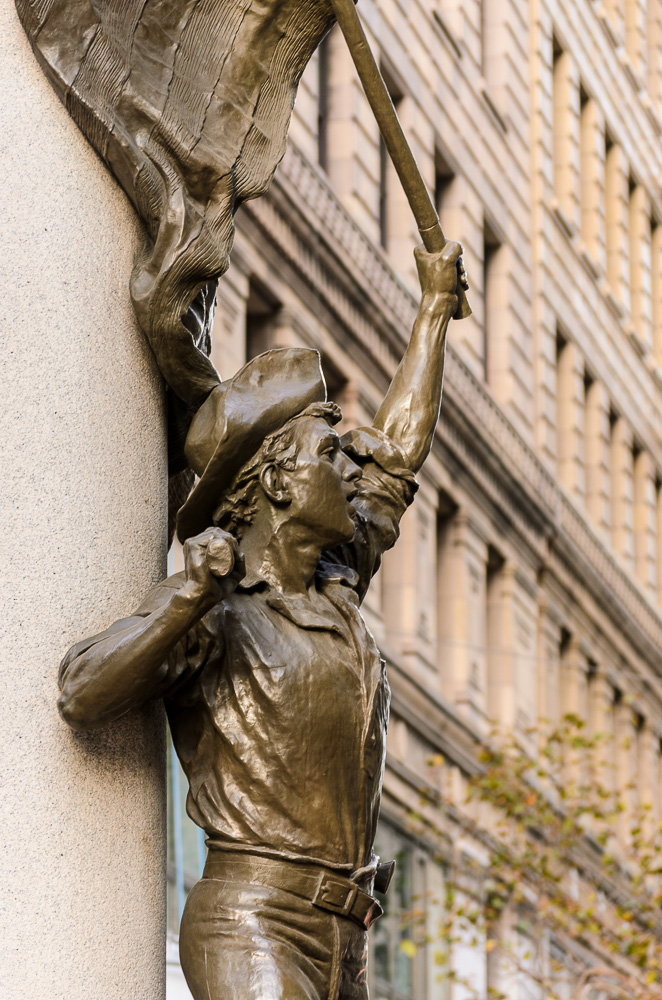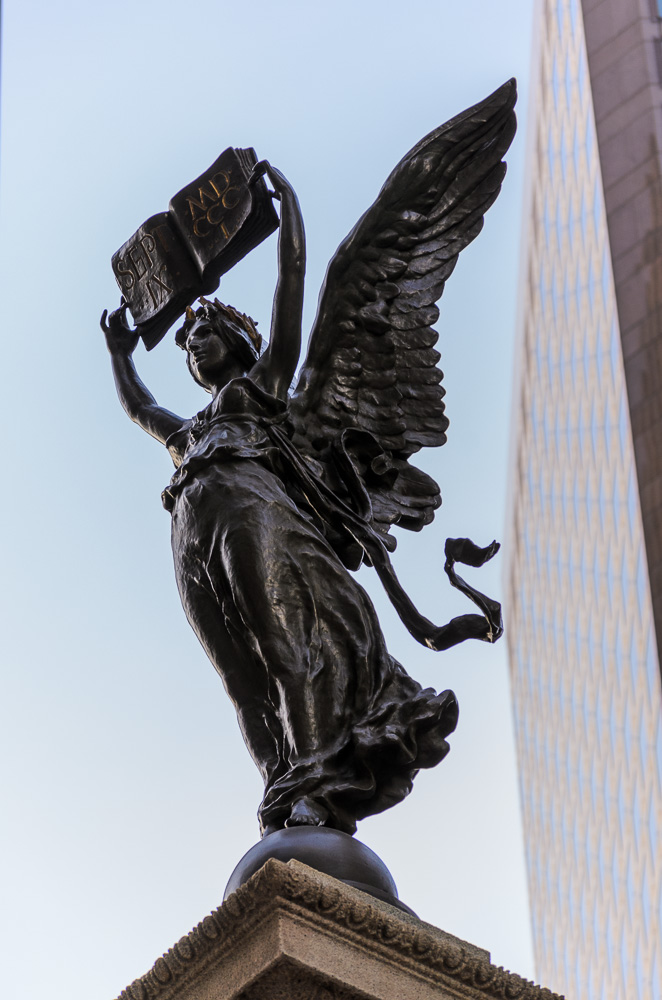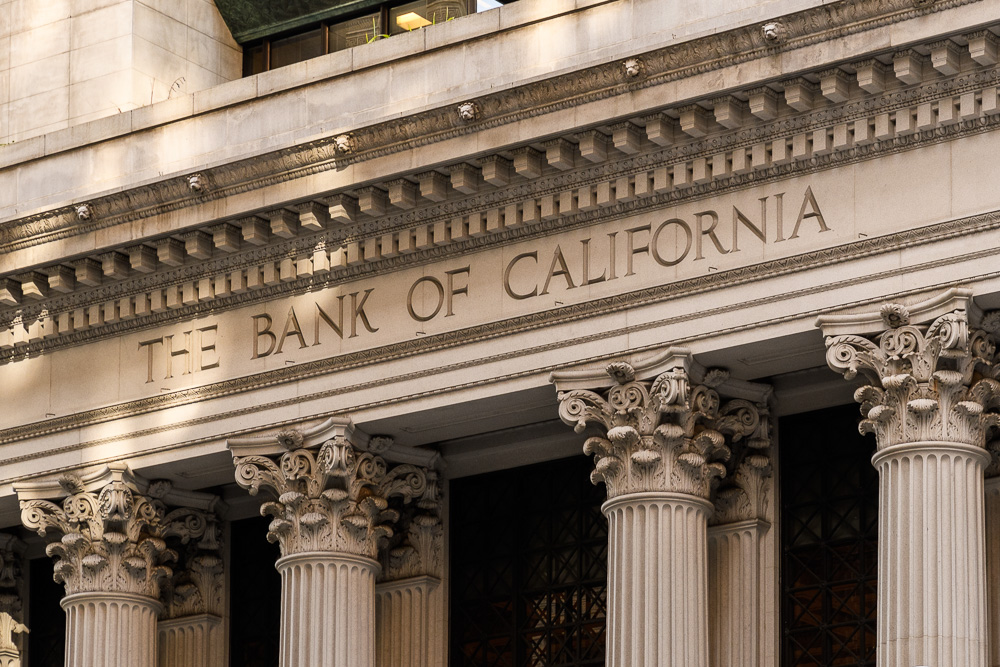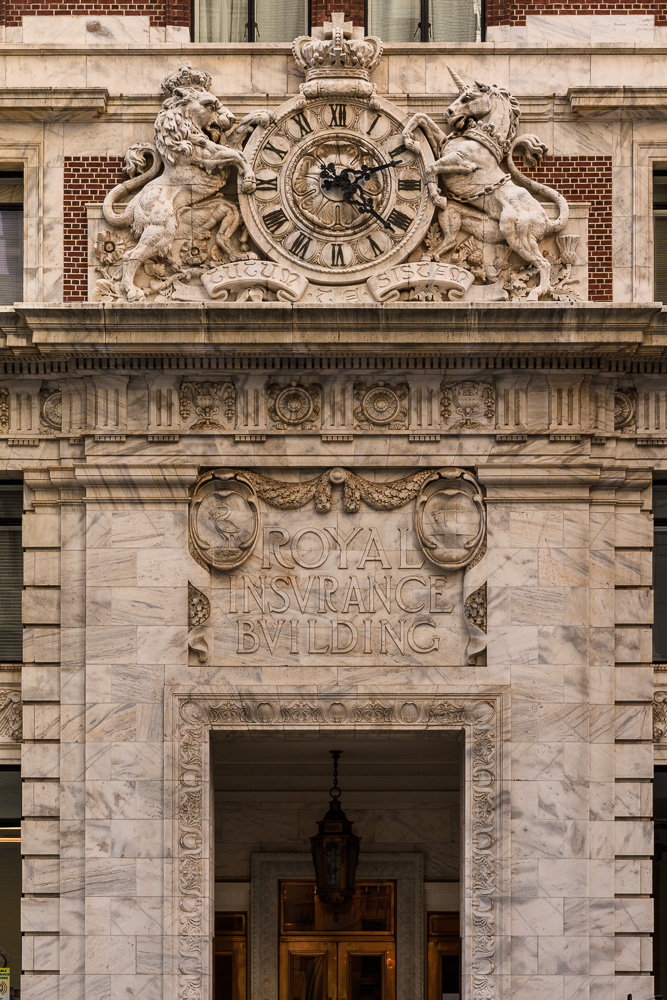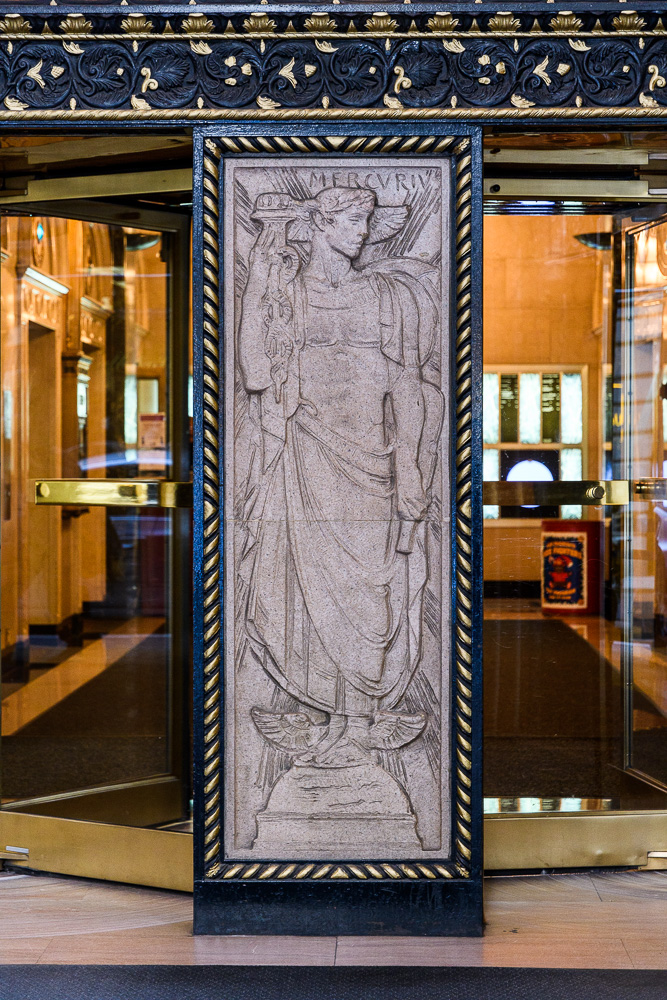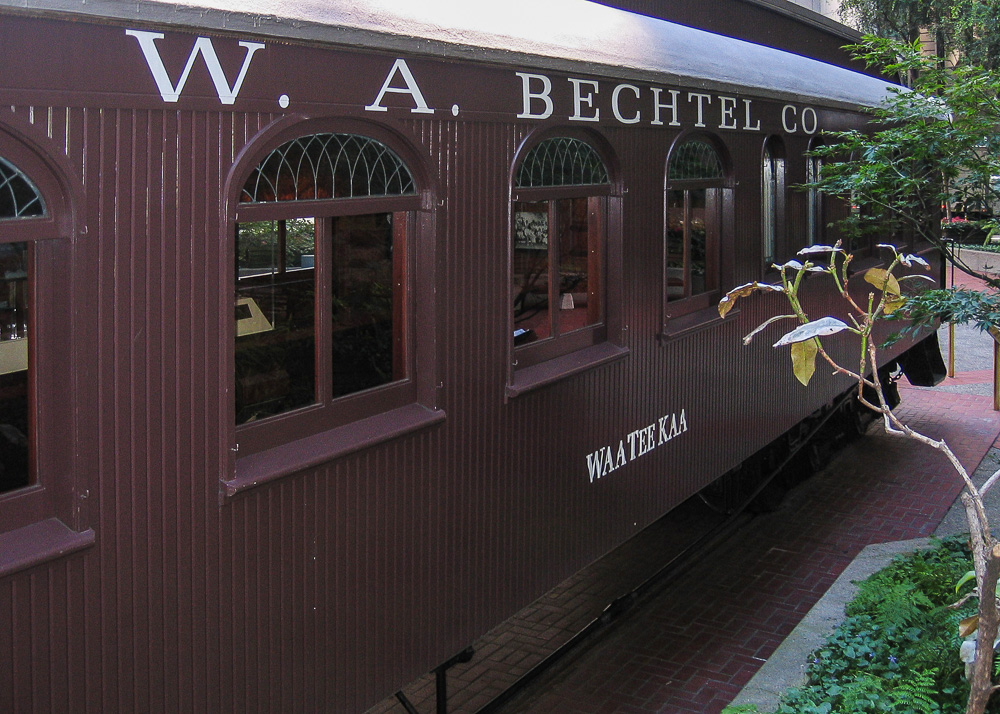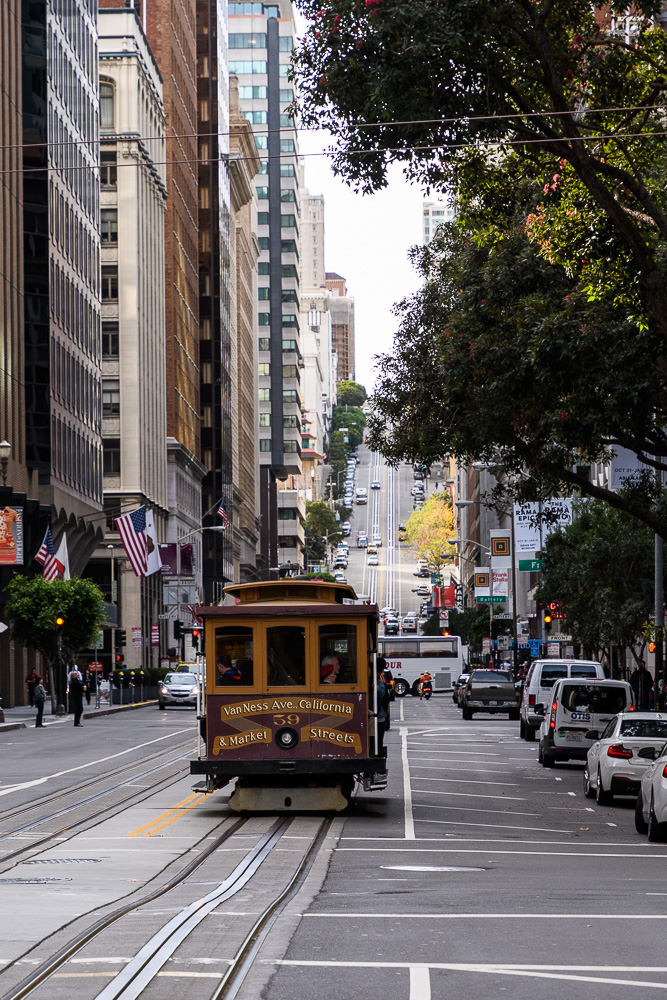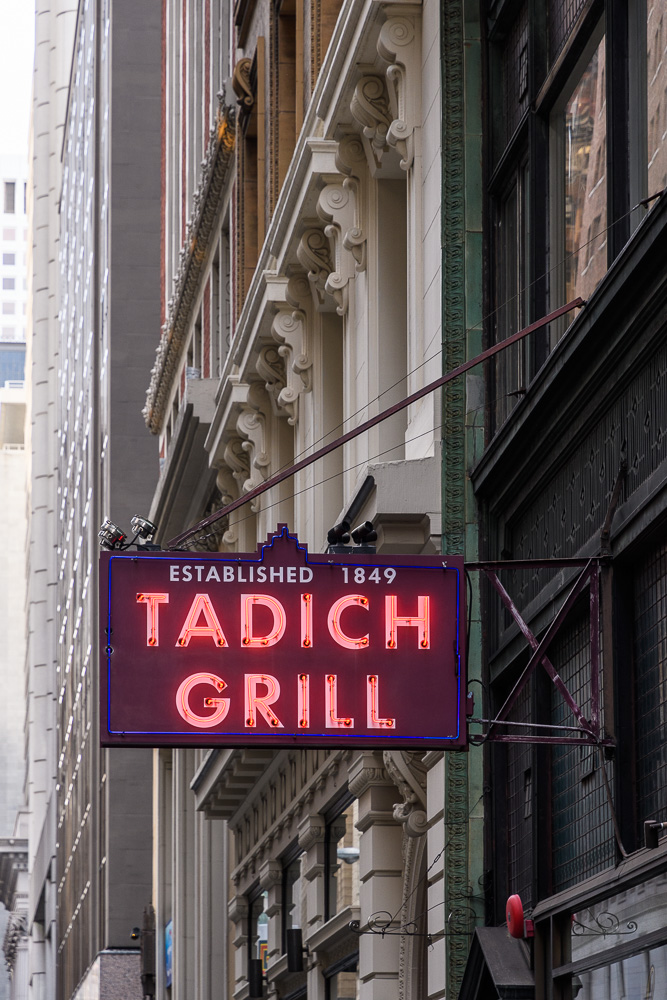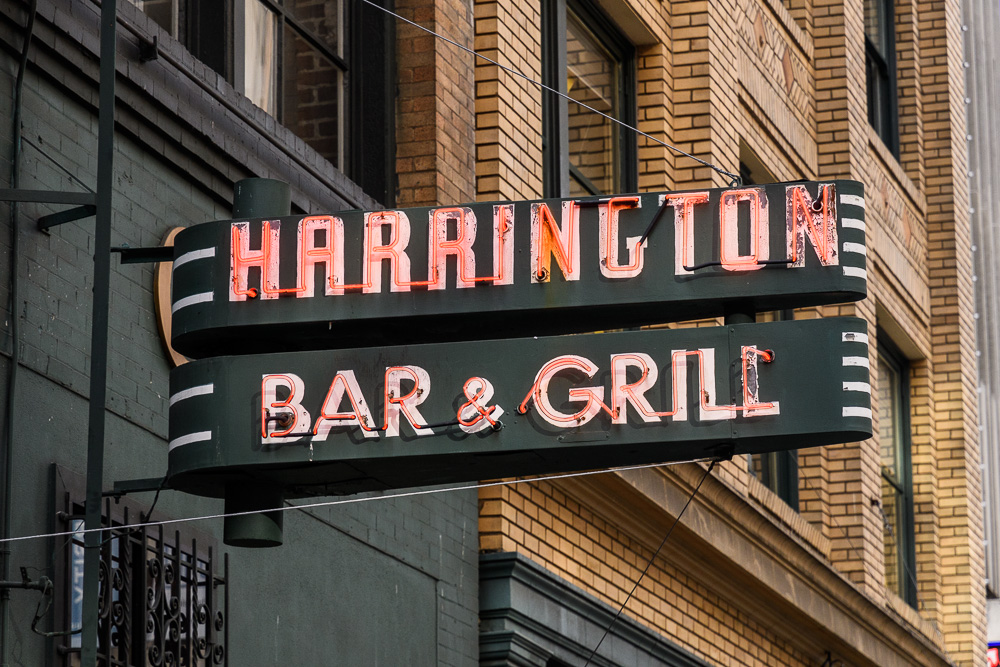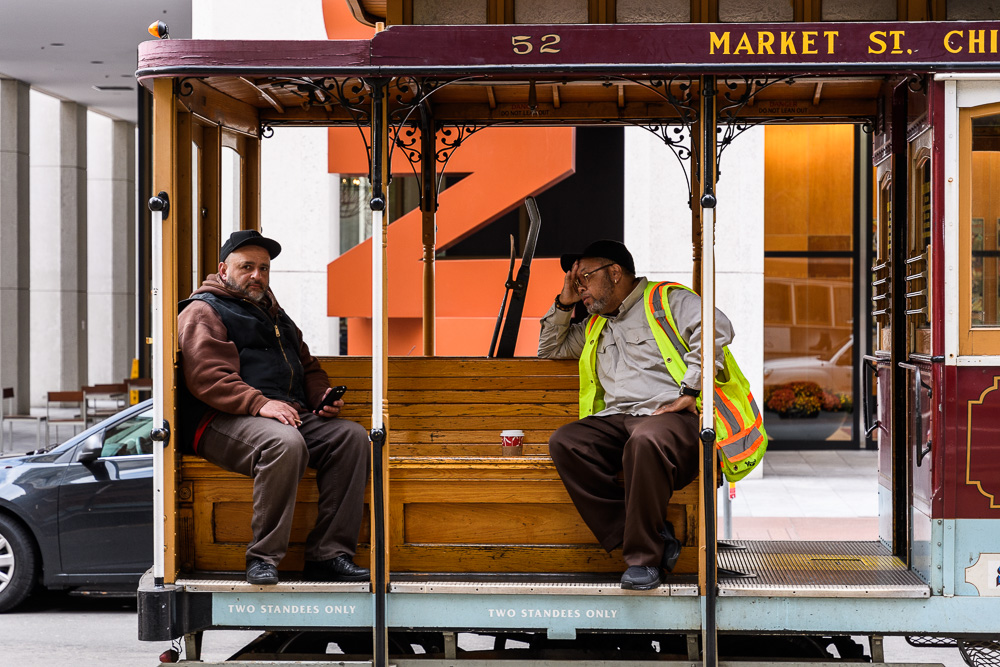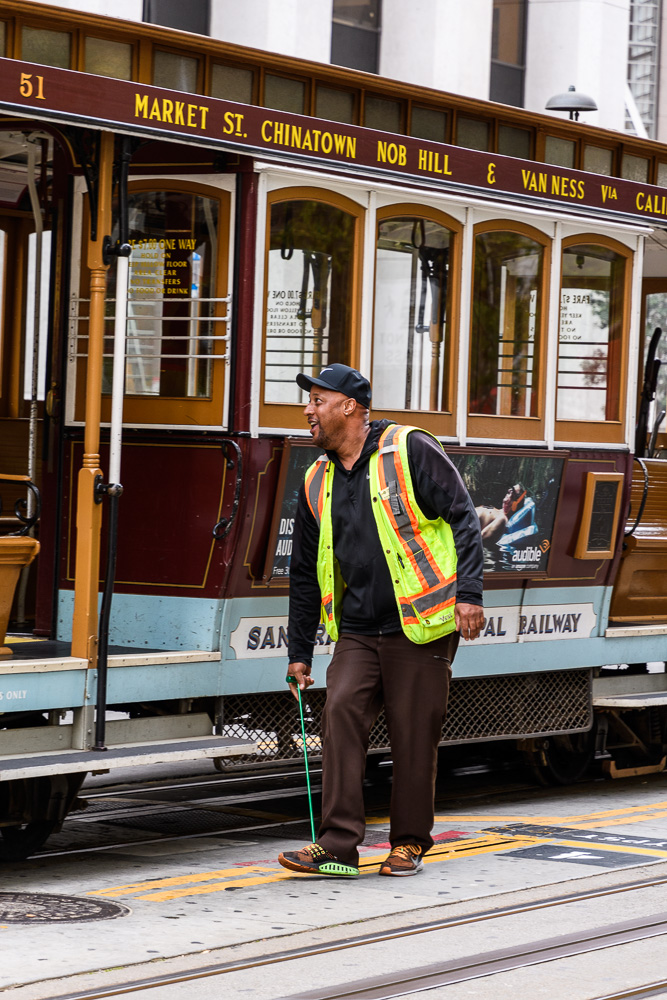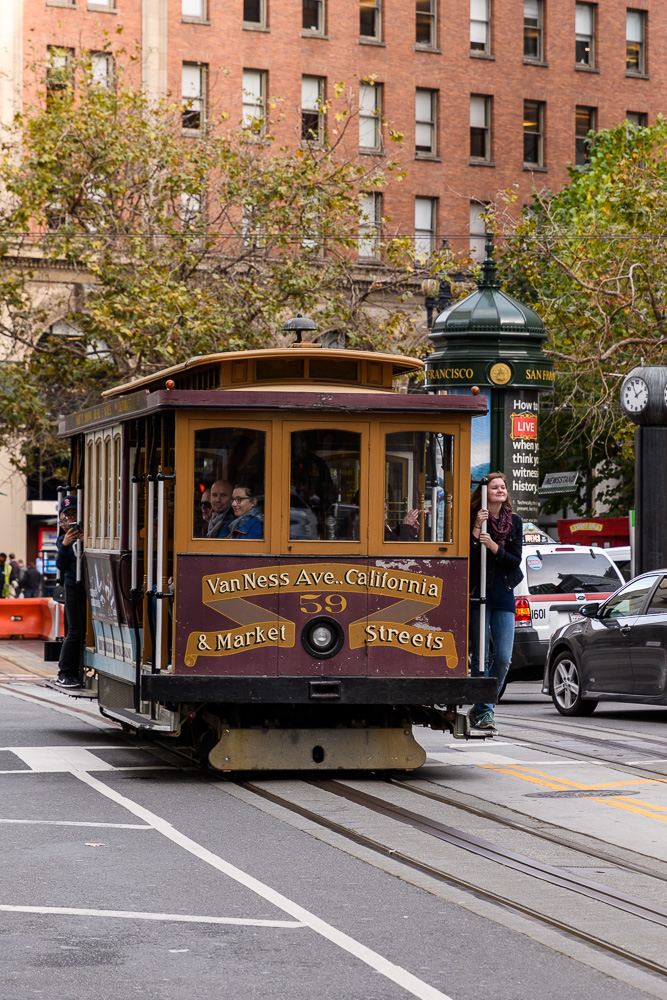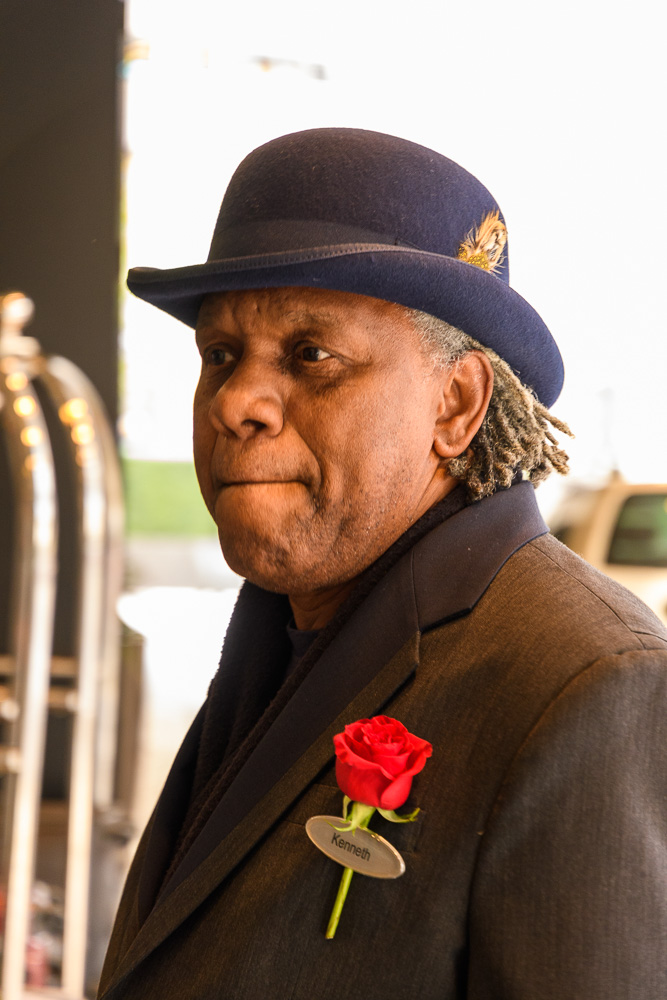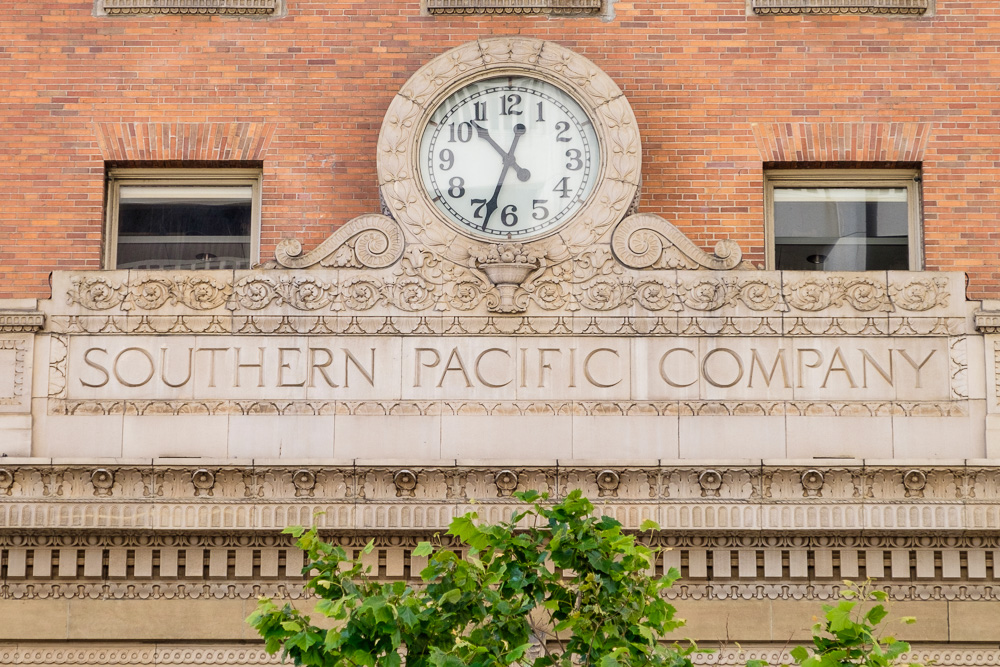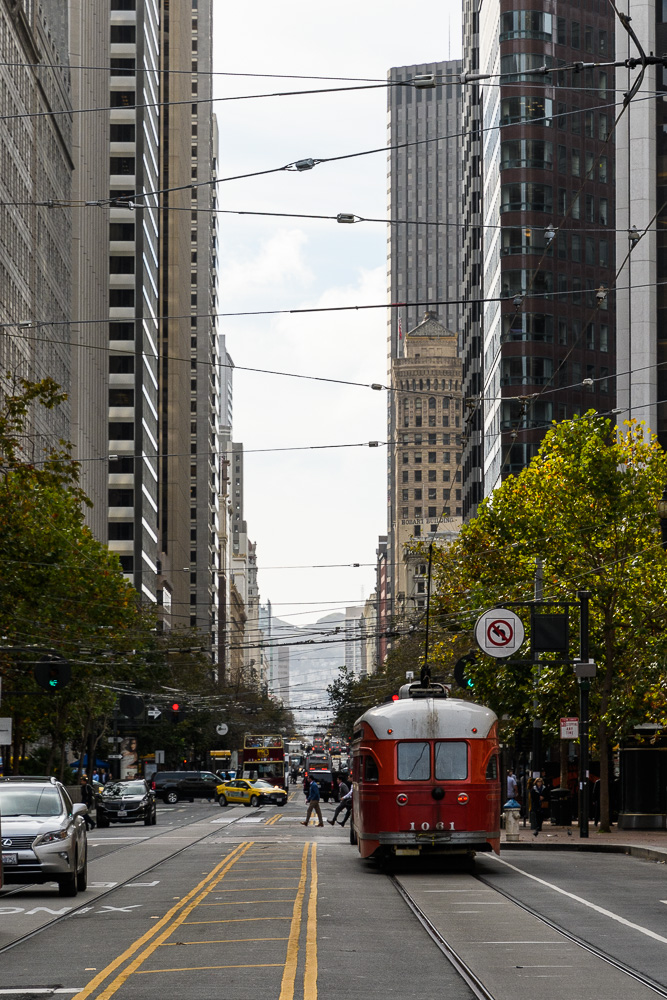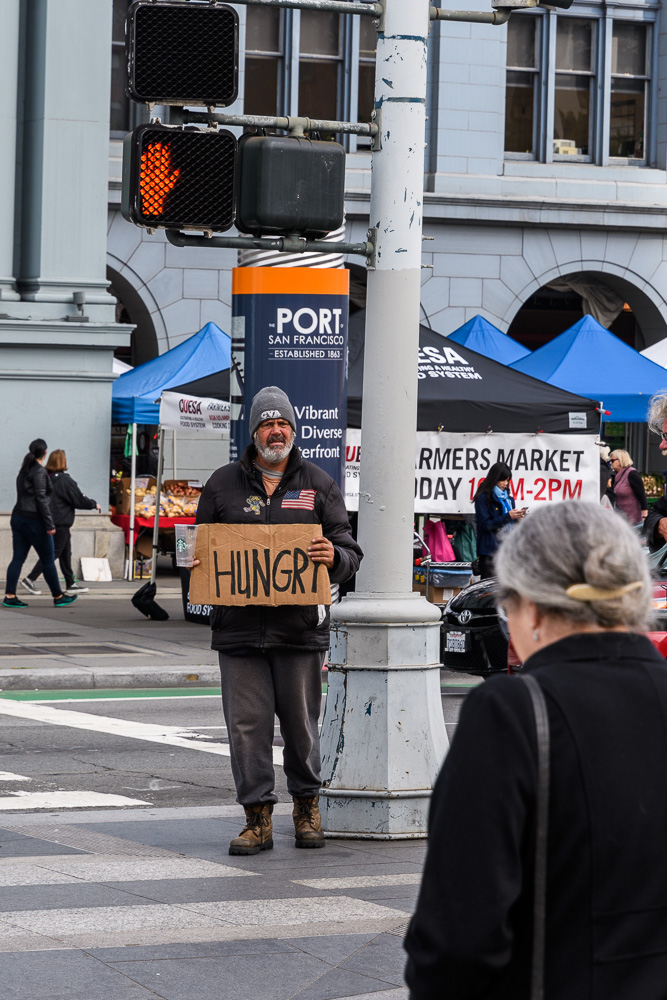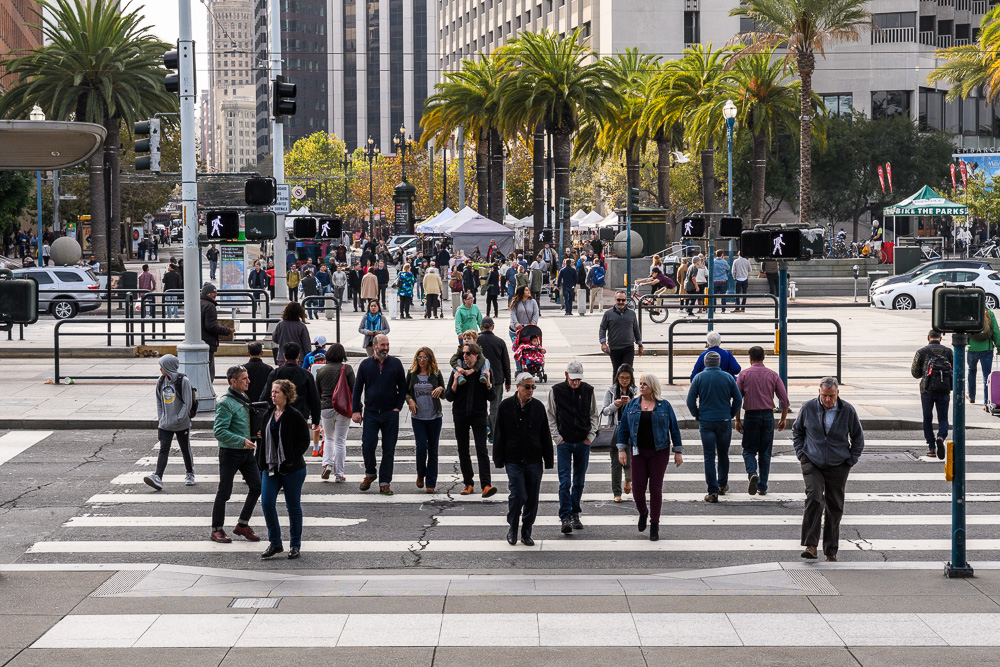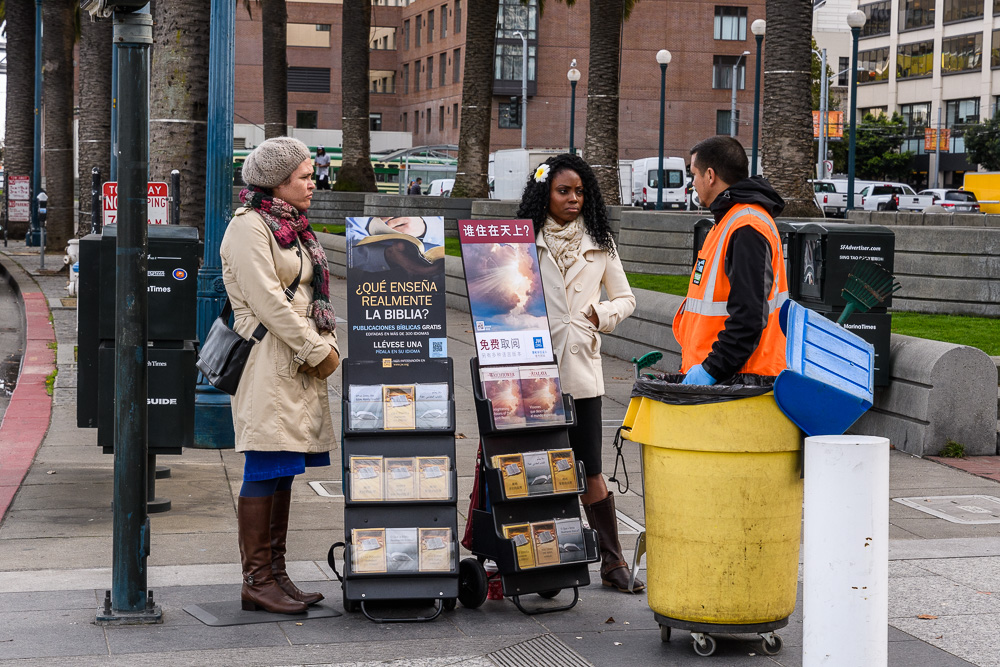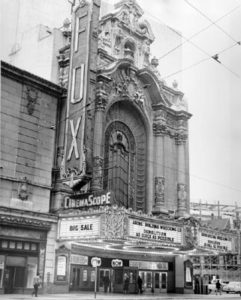 1913 route in San Francisco, part four. Market Street in San Francisco from Van Ness to the Ferry Building. The original route took motorist down Market to Ferry Slip 4 by the Ferry Building for the trip over to Oakland on the Broadway Ferry.
1913 route in San Francisco, part four. Market Street in San Francisco from Van Ness to the Ferry Building. The original route took motorist down Market to Ferry Slip 4 by the Ferry Building for the trip over to Oakland on the Broadway Ferry.
Market Street – a complex subject for a local to write about. It has been a little over 100 years since the Lincoln Highway’s inception. During that time Market has changed dramatically, and a lot of the changes have not been for the better. It has had a particularly bad time of it since the end of WWII. Probably the seminal event during that time was the inexcusable demolition of San Francisco’s great movie palace on Market, the Fox (1929). In 1963 it was closed and demolished in act of extraordinary architectural and historic vandalism. The anodyne Fox Plaza replaced it.
The demolition of the Fox is to many San Franciscans as the destruction of Penn Station is to New Yorkers, and it certainly is an important inflection point for this challenged street. Mid-Market had so many theaters that it was once known as the Great White Way. The Fox was not the only theater lost but a few survive. The Orpheum Theater (1926) at Hyde and Market in this set is a beauty. The Crazy Horse was once a theater showing movies before the changeover to lap dancing.
In 1964 the new Bay Area Rapid Transit (BART) system construction started along Market; the street’s decline accelerated during the years of BART construction along Market which turned the street into one big trench. The downtown has mostly recovered and is thriving; mid-Market still has its challenges. There are signs of a rebirth: the new Twitter headquarters building, the recent $34 million renovation of the Strand Theater by the American Conservatory Theater (in this set one sees the then closed and sad looking Strand ca. 2009 with the façade of the new Federal Building in the background), some restaurant openings and other renovations (but also later restaurant closures) – time will tell whether the mid-Market revival is for real.
At mid-Market’s heart at Sixth Street in the “Tenderloin” district it is still very dodgy; the mentally ill, drug addicts, homeless people and transients abound. Despite vast amounts of money spent over the years in affluent liberal progressive San Francisco the homeless problem seems almost as intractable as ever as it does in Berkeley, Oakland and elsewhere in the seemingly prosperous SF Bay Area. For me, as someone born and raised in the East Bay and seeing this over the years first hand in San Francisco, Berkeley and elsewhere – my law office was in San Francisco and I spent about 25 years of my 35 years of practice at two firms on Market in the downtown – it is nothing short of heartbreaking.
Anyway, I digress. This set of pictures is an attempt to evoke the San Francisco that once was along the Market St. corridor: the surviving theaters, the art deco buildings (more on the deco in another post), the Palace Hotel with its Maxfield Parrish Pied Piper painting in the historic bar and the Garden Court, the Hearst Building, the cable cars at the foot of California, the Old Mint, the Chronicle building, the Bechtel railcar at the Bechtel headquarters and many more. At the foot of Market by Justin Herman Plaza there were several people trying to save the many lost souls around there; I have no idea what their success rate was. The man in the derby is a doorman at the Hyatt Regency. He has been there a long time; I remember him from years ago (my office for over 20 years was across the street at One Market).
The Mercury carving is located at 111 Sutter (1927) which was the West Coast headquarters of the National Broadcast Company (NBC) from 1927 to 1942. Dashiell Hammett scholars say that 111 Sutter also was the location of the fictional offices of Sam Spade. The Bank of America clock is on what was the Bank of America building at the intersection of Market St. and Montgomery St.; today’s BofA was founded in San Francisco by Italian immigrant A.P Giannini in 1904 as the Bank of Italy. (My very first job in the corporate finance world was with the BofA Legal Department in SF during one of my summers while in law school at UC Berkeley.) The Bank of California was chartered in 1864.
Eventually, the SF downtown (bypassed by the 1928 route to the Berkeley ferry at the Hyde Street Pier) would again become the entry point for drivers on the Lincoln exiting the new Bay Bridge (1936).

